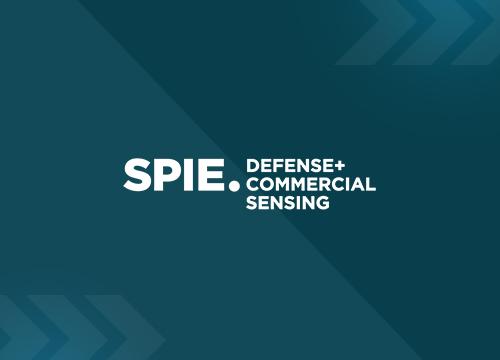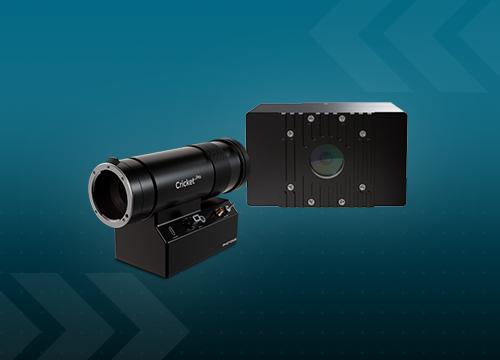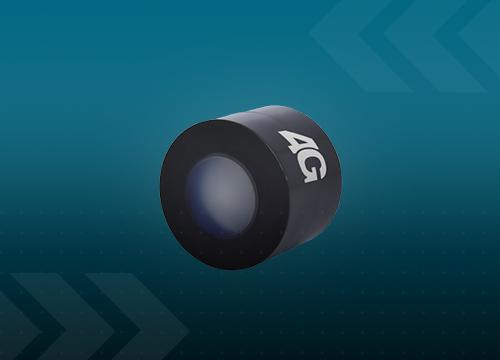
Orlando.
FROM Apr 13th 2025 TO Apr 17th 2025
SPIE Defense and Commercial Sensing 2025
Visit Telops, Xenics and Photonis at SPIE Defense and Commercial Sensing 2025 - Orlando, Fla

Orlando.
FROM Apr 13th 2025 TO Apr 17th 2025
Visit Telops, Xenics and Photonis at SPIE Defense and Commercial Sensing 2025 - Orlando, Fla


Dallas.
FROM Mar 24th 2025 TO Mar 27th 2025
Visit Exosens at Distributech 2025 - Dalals, TX

Jan 23rd 2025
Photonis launches Cricket™ pro and PhotonPix™: Two market-leading solutions...

Nürnberg.
FROM Feb 24th 2025 TO Feb 26th 2025
Visit Photonis and Xenics, part of the Exosens Group, at Enforce Tac 2025, in Nürnberg

Las Vegas.
FROM Jan 21st 2025 TO Jan 24th 2025
Visit Photonis Defense, part of the Exosens Group, at SHOT SHOW 2025, in Las Vegas


Abu Dhabi.
FROM Feb 17th 2025 TO Feb 21st 2025
Visit Exosens at IDEX 2025 Booth 07-A15, in Abu Dhabi

Dec 18th 2024
A new contract extension as part of the OCCAR Night Vision Capability Programme

Nov 25th 2024
Exosens is pleased to announce its upcoming inclusion in the MSCI France Small Cap index
Stay connected
Stay informed and connected to the latest news from Exosens by signing up.